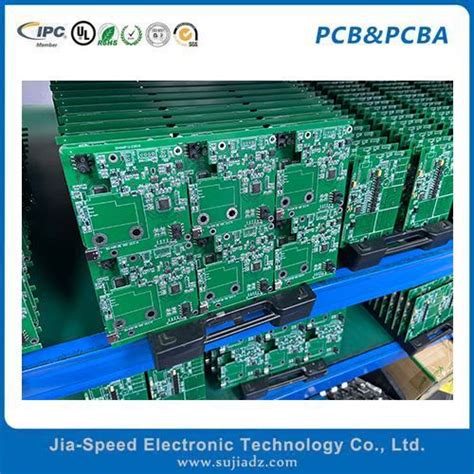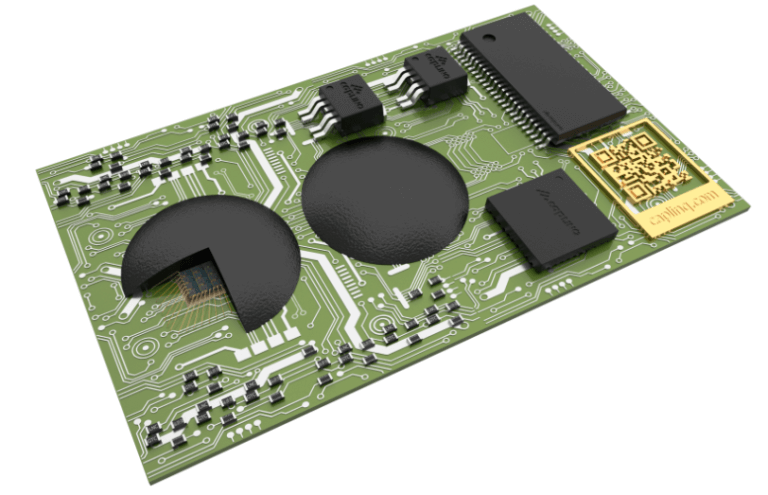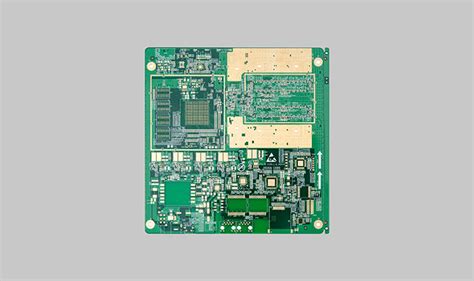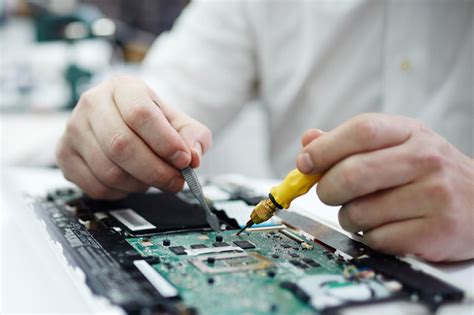Budget-Friendly PCB Prototyping Under 150
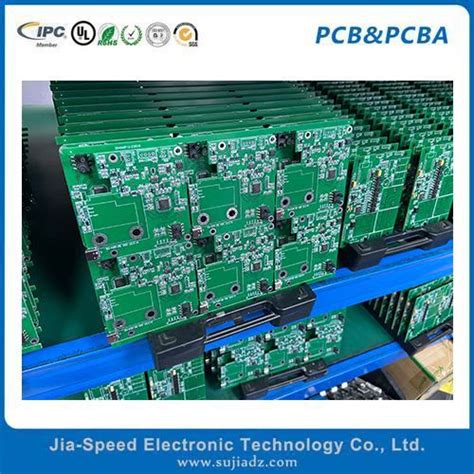
Key Takeaways
When seeking PCB manufacturing solutions for prototypes under $150, prioritize services that specialize in ultra-low volume orders (1-5 units) and offer streamlined processes. Start by ensuring your PCB design adheres to industry standards, as errors in Gerber files can delay production or increase costs. Many PCB manufacturing companies now provide instant quoting tools, allowing you to upload designs and receive estimates within minutes. Focus on providers that transparently outline PCB manufacturing cost factors—such as layer count, material choice, and surface finish—to avoid unexpected fees.
Tip: Use free design validation tools offered by manufacturers to check your Gerber files before submission. This minimizes revisions and keeps your project on budget.
For hobbyists, balancing affordability and quality is key. Opt for standard FR-4 materials and avoid premium add-ons unless necessary. Some PCB manufacturing business models leverage panel-sharing or pooled orders to reduce per-unit costs, making them ideal for small-batch projects. Always confirm if services include basic testing (like electrical continuity checks) to catch flaws early. By aligning your design choices with budget-friendly practices, you can achieve functional prototypes without compromising on reliability—even under tight financial constraints.

Introduction to Low-Cost PCB Prototyping for Hobbyists
For hobbyists and small-scale innovators, accessing PCB manufacturing services without breaking the bank is now more achievable than ever. With advancements in technology and competition among PCB manufacturing companies, creating functional prototypes for under $150 has become a realistic goal. Whether you’re testing a new circuit design or iterating on a personal project, understanding the basics of PCB manufacturing cost and workflow can help you maximize value while staying within budget.
Start by focusing on simplified designs and standard materials to keep expenses low. Many PCB manufacturing business models cater specifically to ultra-low-volume orders (1-5 units), offering cost-effective solutions that skip unnecessary frills. These services often prioritize streamlined processes, such as direct Gerber file uploads and automated quote generation, which reduce administrative overhead. By avoiding complex layer stacks or exotic finishes, you can further minimize PCB manufacturing cost while ensuring your prototype meets functional requirements.
Another key consideration is balancing quality and affordability. Reputable PCB manufacturing companies often provide transparent pricing tiers, allowing you to choose between faster turnaround times or lower costs. For example, opting for a standard lead time instead of expedited shipping can save significant funds. Additionally, some services bundle basic assembly options, such as soldering common components, which might be worth exploring if you lack specialized tools.
Finally, always verify hidden fees like setup charges or minimum order surcharges. Many budget-friendly providers structure their pricing to align with hobbyist needs, but it’s wise to review terms carefully. By leveraging these strategies, you can turn your concept into a tangible prototype without exceeding $150—proving that innovation doesn’t require a massive budget.
Understanding Gerber Files and PCB Design Basics
Before diving into PCB manufacturing, it’s crucial to grasp the role of Gerber files in translating your design into a physical board. These files act as a universal language for PCB manufacturing companies, detailing every layer, trace, and component placement. When preparing your design, ensure your software exports Gerber files correctly—errors here can delay production or inflate your PCB manufacturing cost.
Start by optimizing your layout for simplicity. Smaller boards with fewer layers (e.g., 2-layer instead of 4-layer) reduce material use and align with budget-friendly goals. Tools like Design Rule Checks (DRC) help identify issues like trace spacing or drill alignment, preventing costly revisions. For ultra-low-volume projects (1–5 units), prioritize designs that avoid complex features like blind vias or fine-pitch components, which often raise expenses in the PCB manufacturing business.
Here’s a quick comparison of design choices and their cost implications:
| Design Factor | Cost Impact |
|---|---|
| Layer Count | Higher layers = higher base cost |
| Board Size | Larger size = more material usage |
| Component Density | Dense layouts may require advanced processes |
| Surface Finish | Standard finishes (HASL) are more affordable than ENIG |
When submitting files, double-check that Gerber layers (copper, solder mask, silkscreen) are properly labeled. Some PCB manufacturing companies offer automated file verification tools to catch errors early. By streamlining your design phase, you’ll minimize rework and keep your PCB manufacturing cost under $150—even for prototypes. Remember, clear communication with your manufacturer about design constraints ensures alignment with your budget and timeline.

Top Services for 1-5 Unit PCB Prototypes Under 150
When seeking low-cost PCB prototyping for small batches, you’ll find several PCB manufacturing companies tailored to hobbyists and startups. These services specialize in ultra-low volume production (1-5 units) while keeping PCB manufacturing cost under $150. Key providers like Andwin PCB prioritize streamlined workflows, allowing you to upload Gerber files directly for instant quoting and rapid production. Their focus on budget-friendly PCB manufacturing eliminates unnecessary fees, making them ideal for testing designs without overspending.
To minimize expenses, compare services that offer fixed pricing for basic specs (e.g., 2-layer boards, standard materials) and avoid upcharges for minor customizations. For example, some PCB manufacturing businesses include free design reviews to catch errors early, saving you from costly reworks. Look for same-day prototyping options if your timeline is tight, though faster turnaround times may slightly increase costs.
Transparency is critical—review each provider’s fee structure to sidestep hidden charges like tooling fees or shipping surcharges. Many affordable PCB manufacturing platforms now bundle assembly services for simple designs, further reducing total project costs. When ordering, double-check your Gerber files for accuracy, as errors can delay production and inflate budgets.
By prioritizing PCB manufacturing companies that balance speed, quality, and affordability, you can iterate prototypes efficiently while staying within your $150 limit. Tools like automated DFM (Design for Manufacturability) checks and instant online quotes simplify the process, ensuring your project stays on track and on budget.
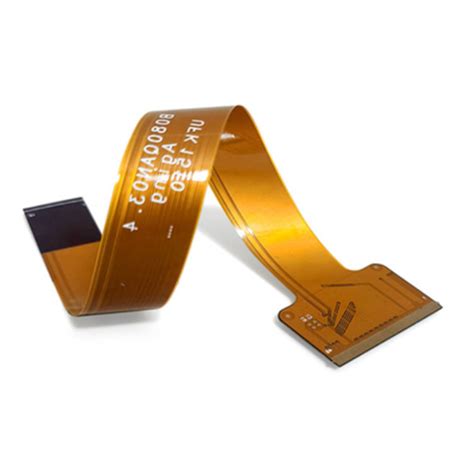
Comparing Costs: Traditional vs. Budget-Friendly PCB Assembly
When planning a prototype, understanding PCB manufacturing cost differences between traditional and modern services is critical. Traditional PCB manufacturing companies often prioritize large-scale production, requiring high setup fees, tooling charges, or minimum order quantities (MOQs) that can push expenses beyond $150 for small batches. For instance, custom specifications like exotic materials or ultra-tight tolerances may add hidden fees, making it challenging to stay within budget for 1-5 unit projects. In contrast, budget-friendly PCB manufacturing services streamline processes by focusing on standardized designs and automated workflows, drastically reducing overhead. These providers often eliminate setup fees for basic orders, allowing you to upload Gerber files and receive prototypes quickly without compromising quality.
A key advantage of modern PCB manufacturing business models is their transparency. Instead of bundling costs into vague quotes, they break down expenses like board size, layer count, and finish type upfront. For example, a 2-layer FR4 board with lead-free HASL finish might cost under $50 per unit at low volumes, keeping total project costs below $150. By avoiding non-essential upgrades and sticking to default settings, you can further optimize spending. Traditional methods, however, may require negotiating with suppliers or paying premiums for small batches, which isn’t ideal for tight budgets.
To maximize savings, compare quotes from multiple PCB manufacturing companies and prioritize those offering no-frills prototyping. Many budget services also provide instant pricing calculators, letting you adjust parameters like solder mask color or delivery speed to balance cost and urgency. Remember, while traditional routes excel at mass production, modern solutions are designed for affordability at ultra-low volumes—ensuring your prototype stays on track without breaking the bank.

Streamlined Ordering: From Gerber Upload to Production
When working with PCB manufacturing companies, the ordering process for prototypes is designed to be fast and user-friendly. Start by preparing your Gerber files—the industry-standard format for conveying design specifications. Most PCB manufacturing platforms allow you to upload these files directly through their online portals, where automated checks verify layer alignment, trace spacing, and other critical details. This step minimizes errors and ensures your design meets manufacturing-ready standards.
Once your files are uploaded, you’ll select parameters like board quantity (1-5 units), layer count, and material type. Many services offer instant quotes based on these inputs, letting you balance PCB manufacturing cost against your budget. For projects under $150, prioritize providers that specialize in ultra-low-volume production, as they often waive setup fees for small batches. After confirming your order, the PCB manufacturing business typically begins production within 24 hours, leveraging streamlined workflows to reduce turnaround times.
To avoid delays, double-check your Gerber files for consistency and clarity. Some platforms provide free design reviews, catching issues like mismatched drill holes or incomplete copper pours before fabrication. Transparency in pricing is key—reputable companies list all costs upfront, including shipping and optional expedited processing. By aligning your design choices with the capabilities of PCB manufacturing services, you can achieve reliable prototypes without exceeding your budget. Finally, track your order in real-time through the provider’s portal to stay informed at every stage.

Tips for Reducing Turnaround Time on Prototype Orders
To minimize delays in PCB manufacturing for low-volume prototypes, start by simplifying your design. Fewer layers, standard hole sizes, and avoiding complex geometries reduce production steps, which can accelerate timelines. Ensure your Gerber files are error-free and properly formatted—many PCB manufacturing companies reject orders due to mismatched layers or missing files, causing unnecessary back-and-forth. Use free online tools to pre-validate designs before submission.
Next, opt for manufacturers offering fast-track services. Some PCB manufacturing businesses prioritize small-batch orders, especially for 1-5 units, and provide dedicated support to streamline approvals. Confirm their default lead times upfront and inquire about expedited options if needed. For example, choosing a supplier with in-house assembly can shave days off traditional outsourcing workflows.
Material selection also impacts speed. Stick to standard FR-4 substrates and common finishes like HASL unless your project demands specialty materials. Custom requests often add days to PCB manufacturing cost and timelines. Additionally, consolidate orders if you need multiple revisions—submitting all variants at once lets factories batch-process them.
Finally, stay responsive. Review design confirmations promptly and pre-approve minor adjustments. Delays in communication often inflate turnaround times more than production itself. Track progress through the manufacturer’s portal and clarify milestones upfront. By aligning your workflow with the capabilities of PCB manufacturing companies, you’ll keep projects under $150 without sacrificing speed.
Avoiding Hidden Fees in Ultra-Low Volume PCB Projects
When ordering PCB manufacturing services for prototypes, transparency is key to staying within your budget. Many PCB manufacturing companies advertise low base prices for 1-5 units but may add unexpected charges during checkout. To avoid surprises, start by reviewing their pricing structure thoroughly. Look for providers that clearly outline PCB manufacturing cost factors like layer count, material type, and surface finish. For example, opting for standard FR-4 substrates instead of premium materials can reduce expenses without compromising functionality.
Always confirm whether setup fees, tooling charges, or shipping costs are included in the initial quote. Some companies waive these for ultra-low volume orders, while others bundle them into the final price. Ask directly about minimum order quantities (MOQs) and whether rush processing incurs extra fees. Additionally, ensure your Gerber files are error-free before submission—design revisions mid-production often lead to rework charges.
Another common pitfall is overlooking PCB manufacturing business policies for design rule checks (DRC). While automated DRC services are usually free, manual reviews might cost extra. Prioritize providers that offer free file validation to catch errors early. Finally, compare quotes from multiple vendors to identify outliers in pricing. Platforms specializing in budget-friendly prototypes often streamline PCB manufacturing cost by standardizing processes, making them ideal for projects under $150. By clarifying terms upfront and double-checking design files, you can keep your prototype costs predictable and avoid hidden fees.
Final Checklist for Affordable Prototype Success
Before submitting your design to PCB manufacturing services, run through this checklist to ensure a smooth, cost-effective process. First, verify your Gerber files for accuracy—incorrect layers or missing files can lead to delays or extra charges. Double-check trace widths, clearances, and drill hole alignments to avoid manufacturing errors. Next, confirm your material choice: standard FR-4 is often the most budget-friendly option, but some PCB manufacturing companies offer discounted rates for thinner substrates or smaller board sizes.
When comparing PCB manufacturing cost, ensure you’ve selected the right layer count (stick to 1-2 layers if possible) and optimized your board dimensions to fit standard panel sizes. Many providers charge based on panel usage, so shrinking your design could lower expenses. If you’re ordering 1-5 units, confirm that the service includes ultra-low-volume pricing without setup fees.
Before finalizing your order, review the PCB manufacturing business’s terms for hidden charges like expedited shipping, solder mask color changes, or additional testing. Use automated design-for-manufacturability (DFM) tools if available—these can flag issues that might increase costs. Finally, confirm lead times: some companies offer faster turnaround for a small premium, but sticking to standard timelines keeps your total under $150.
By addressing these factors upfront, you’ll streamline the path from Gerber upload to prototype delivery while staying within budget.
Conclusion
When pursuing PCB manufacturing for prototypes on a tight budget, balancing cost and quality is achievable with the right approach. By leveraging streamlined Gerber-to-PCB services, you can ensure your design is translated accurately while keeping PCB manufacturing cost low—especially for ultra-low volume orders (1–5 units). Many PCB manufacturing companies now specialize in catering to hobbyists and startups, offering tiered pricing models that prioritize affordability without compromising essential features like 2-layer boards or basic finishes. To stay under $150, focus on minimizing complexity: opt for standard materials, avoid unnecessary layers, and verify your Gerber files thoroughly to prevent rework fees. Hidden charges often arise from expedited shipping or last-minute design changes, so plan timelines carefully. Before finalizing your order, cross-check specifications against your project’s requirements and confirm that the PCB manufacturing business you choose aligns with your budget and quality expectations. Remember, affordable prototyping isn’t just about cutting costs—it’s about smartly allocating resources to validate your design before scaling.
FAQs
How can I ensure my PCB prototype stays under $150?
Focus on optimizing your design for simplicity and smaller board sizes. Use standard materials and finishes, and verify your Gerber files for errors before submitting them to PCB manufacturing companies. Many providers offer discounts for first-time customers or bulk orders, even for 1-5 units.
What factors affect turnaround time for low-volume orders?
Batch processing and file accuracy are critical. Smaller orders are often grouped with others, which can delay production. Ensure your design files are error-free to avoid revisions. Some PCB manufacturing services prioritize fast-track options for an added fee, but sticking to standard timelines keeps costs low.
Are there hidden fees in ultra-low volume PCB projects?
Always review the pricing breakdown. Some companies charge extra for tooling, expedited shipping, or design reviews. Look for providers that advertise all-inclusive pricing for prototyping. Confirming PCB manufacturing cost upfront helps avoid surprises.
How do I choose the right PCB manufacturing company?
Prioritize firms specializing in low-volume prototypes and read customer reviews. Key indicators include transparency in pricing, responsive support, and adherence to deadlines. A reliable PCB manufacturing business will offer clear guidelines for file submission and realistic timelines.
Can I get assembly services included in the PCB manufacturing cost?
Some providers offer turnkey solutions that bundle fabrication and assembly. However, this may push your total closer to the $150 limit. If budget is tight, opt for fabrication-only services and handle component sourcing separately.
Ready to Start Your Project?
Please click here to explore affordable PCB manufacturing options tailored for prototypes under $150. Get instant quotes and streamlined support to bring your design to life!

